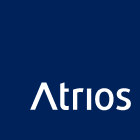It’s often said that seeing something once is better than hearing about it a hundred times. This concept was the main reason we decided to organize an excursion to Copenhagen for our team of architects. We wanted to see for ourselves how others tackle architectural challenges and draw inspiration for our work. Seven participants, 520,000 steps, 25 visited buildings and public spaces. We traveled on foot, by car, plane, bus, metro, bike, and boat. We even took two dips in the sea.

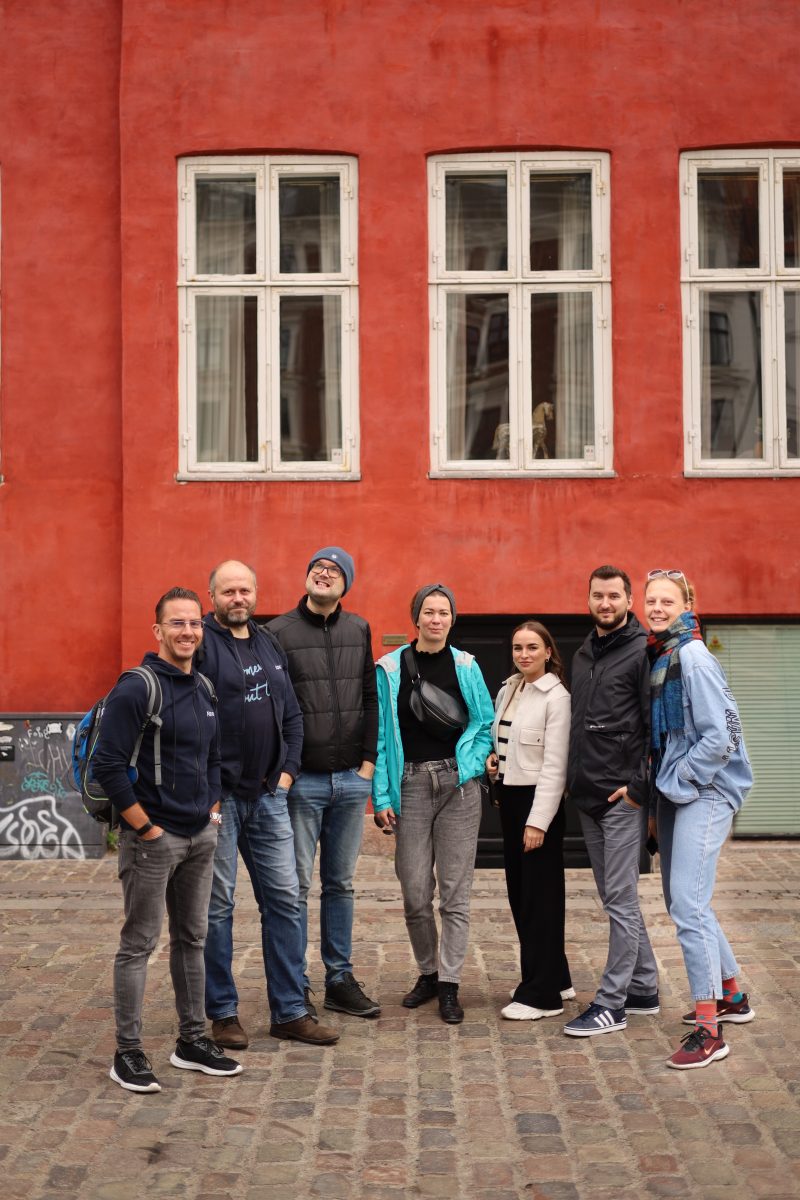

Our senior architect, Pavol Čechvala, a partner of the creative group A3 Architects, shares what we took away from the excursion:
Pavol, why did we choose Copenhagen?
Copenhagen offers a rich array of contemporary quality architecture and public spaces in one place. Additionally, we had the opportunity for an expert-guided tour by Be Copenhagen, which was a great asset.
What are the specifics of Danish architecture?
In general, it’s the ability to implement bold concepts, shapes, and material solutions. Public buildings reflect the strength of the economy and an openness to the public. The design of residential architecture and public spaces mirrors the Danish lifestyle and character, such as mutual consideration in traffic, the openness of interiors with large windows, the preference for micromobility, and green solutions.
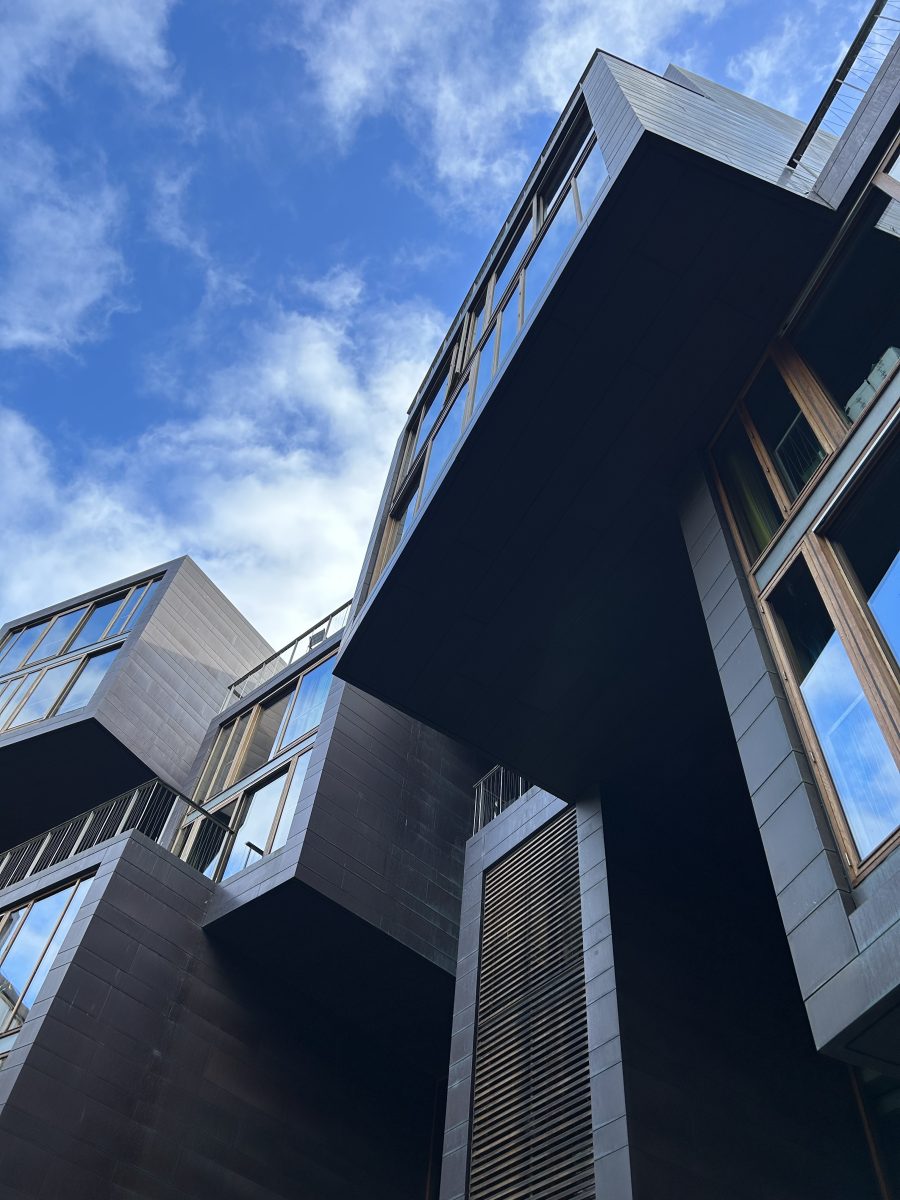
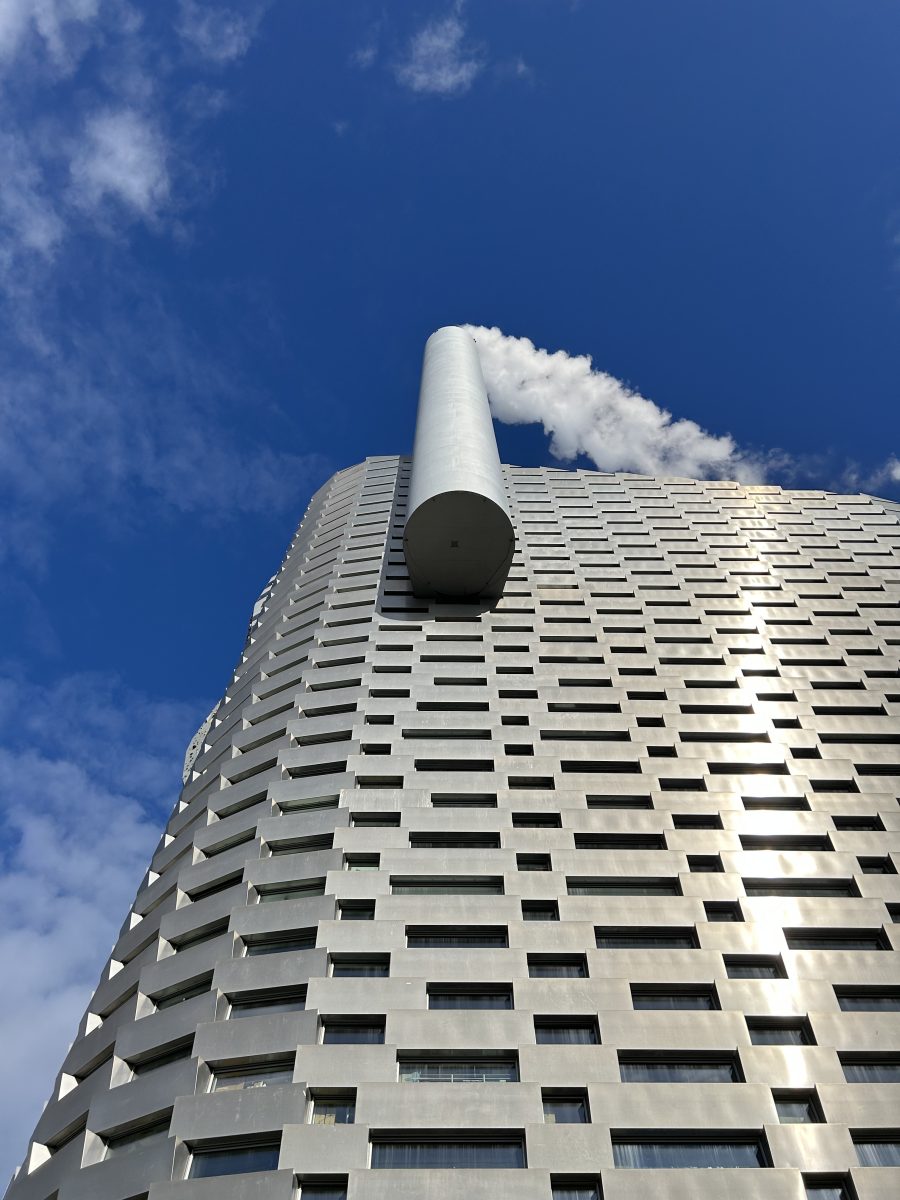


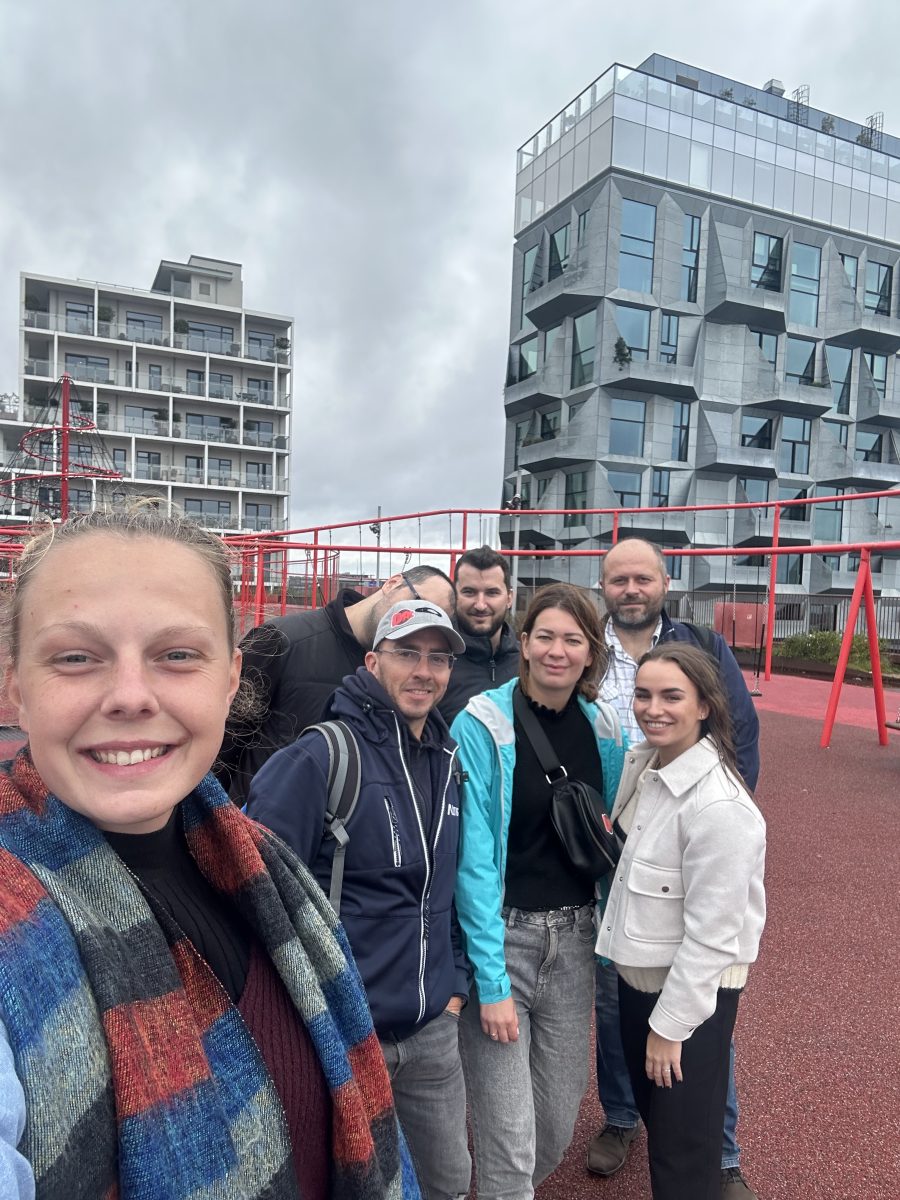
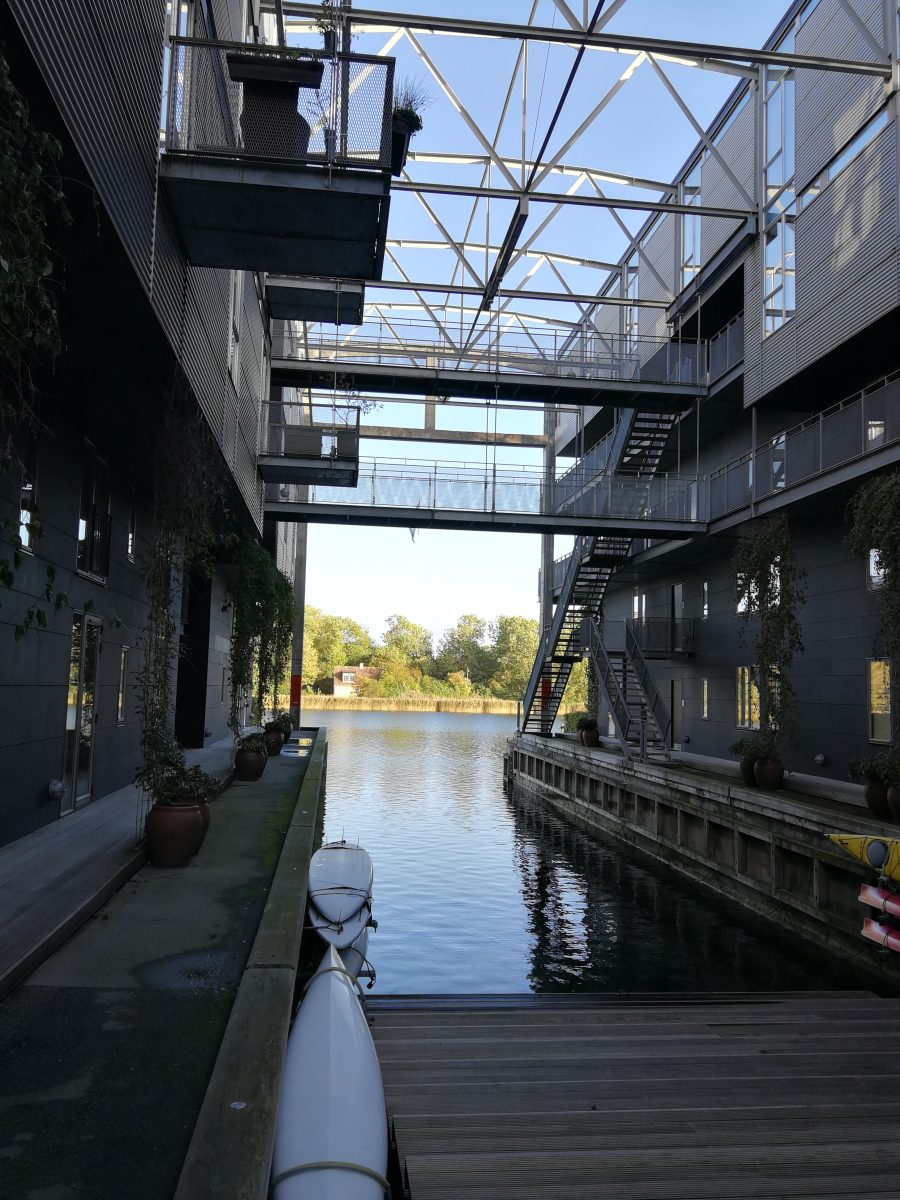
Let’s compare Bratislava vs. Copenhagen – the 3 main differences:
Transport – In Copenhagen, there is a noticeable shift towards using public transport and micromobility, particularly cycling. In Bratislava, car transport still dominates, and mixed-use developments are less common.
Geography – Copenhagen is flat, limited only by the sea, and can expand like a fan, whereas Bratislava is surrounded by the Carpathians, a nearby airport, and a national border. Both cities have the potential to be „green“ and „blue“ cities, but Bratislava has yet to fully tap into this potential.
History – While Copenhagen wasn’t devastated by socialist housing estates, it had its own issues with extensive brownfields practically in the city center. The difference lies in where Copenhagen and Bratislava have arrived since the 1990s from these starting points.
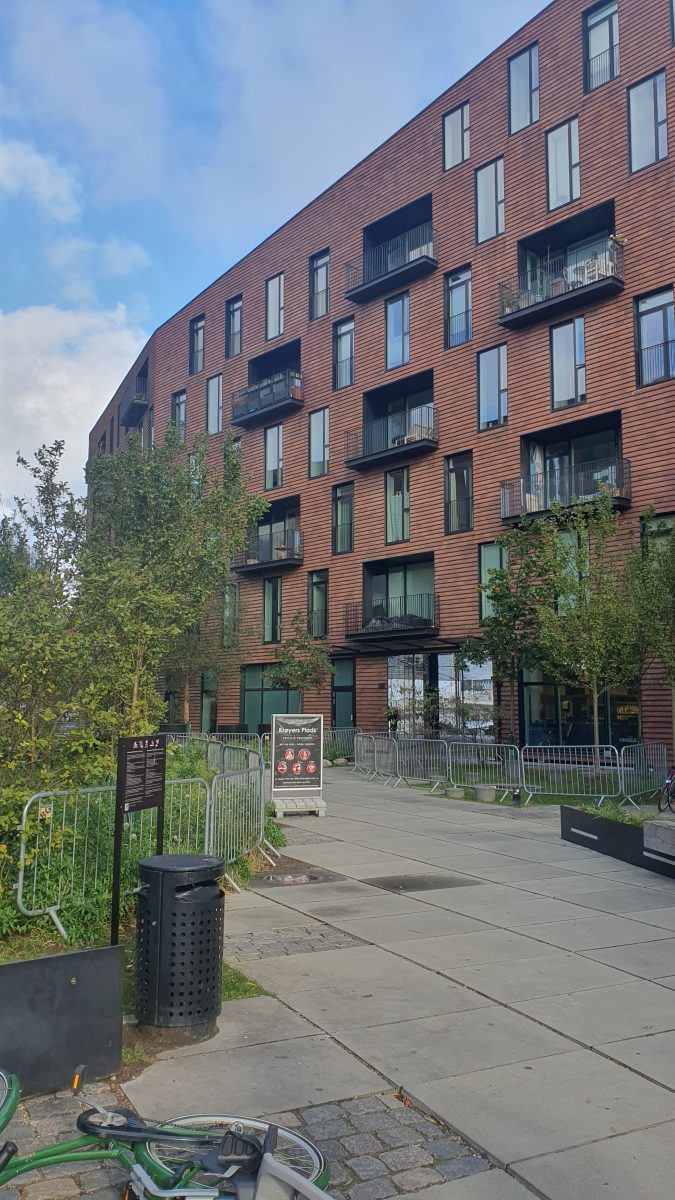


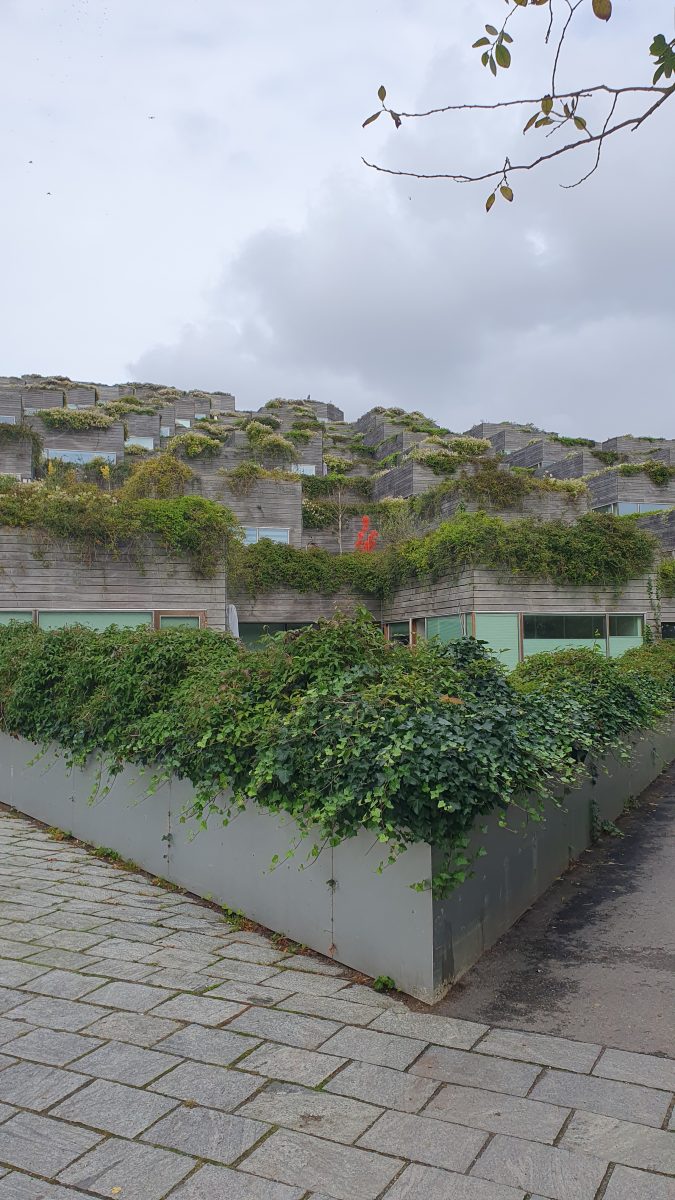
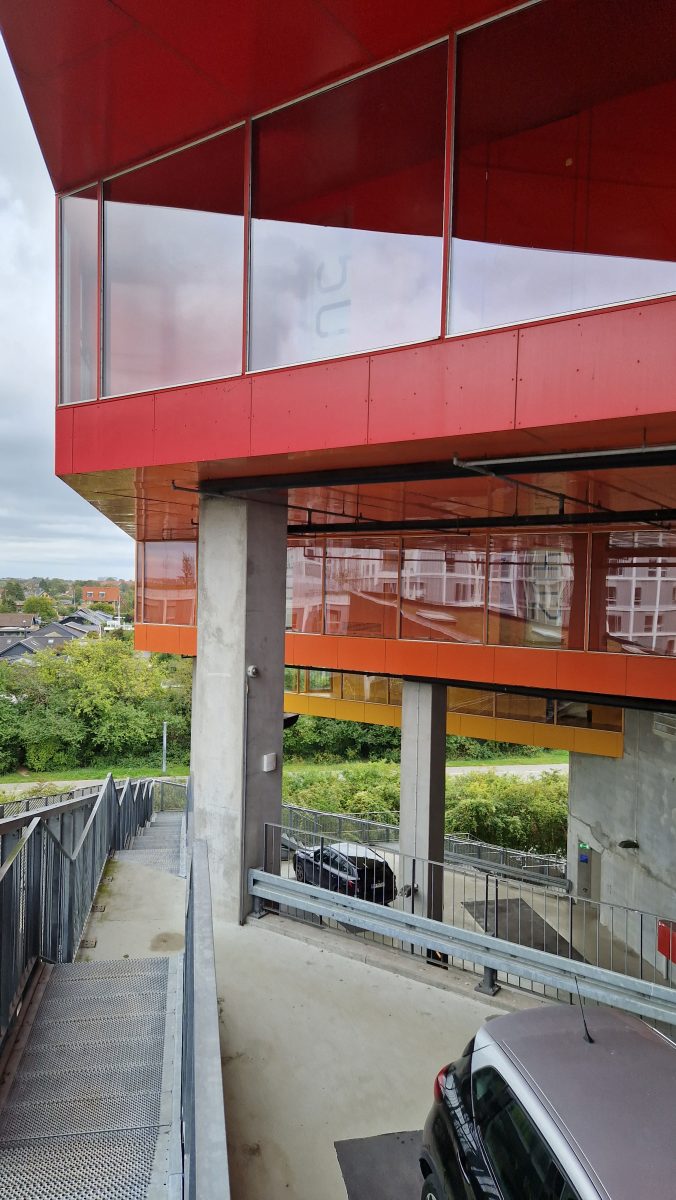
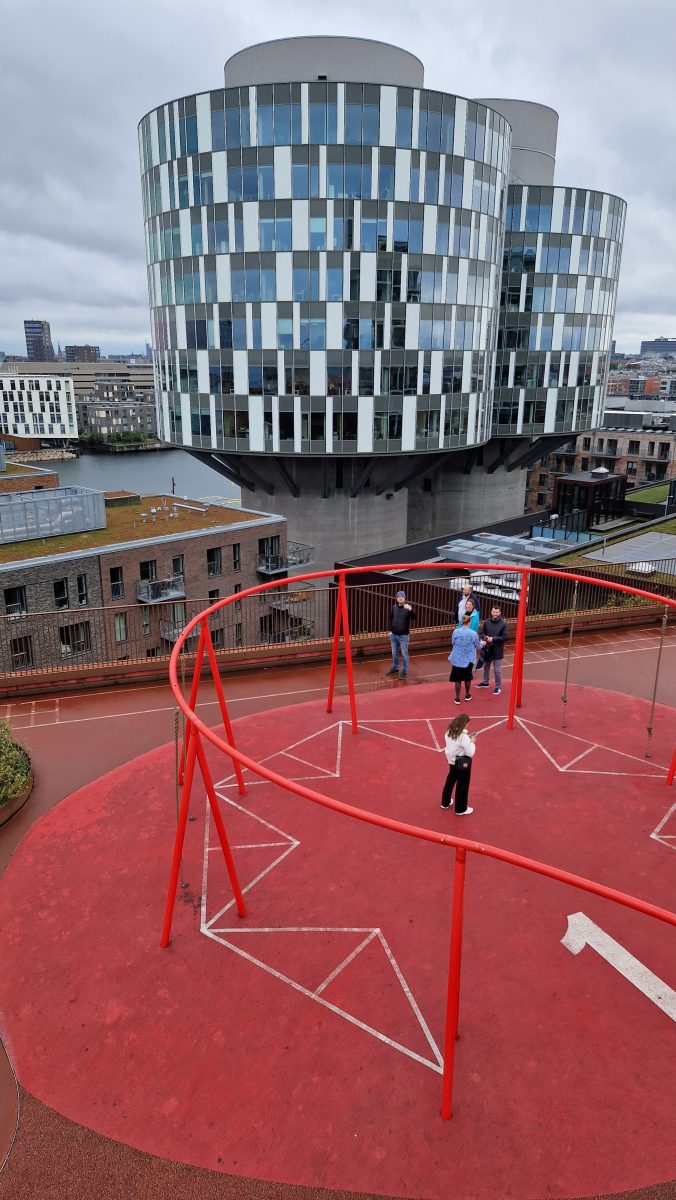
Did you have a specific plan for what you wanted to see?
We had an extensive list of targets but had to adjust it according to the weather and growing fatigue. We visited buildings and public spaces by studios such as BIG, Lundgaard & Tranberg, SHL Architects, Arne Jacobsen, COBE, Gehl Architects, OMA, MVRDV, Jean Nouvel, and others. Classic tourist attractions like The Little Mermaid were out of reach due to limited time.
What impressed us the most about Copenhagen?
We asked our colleagues, and their answer was unanimous: EVERYTHING. This likely stems from the different lifestyle that makes everything we saw and experienced so interesting.
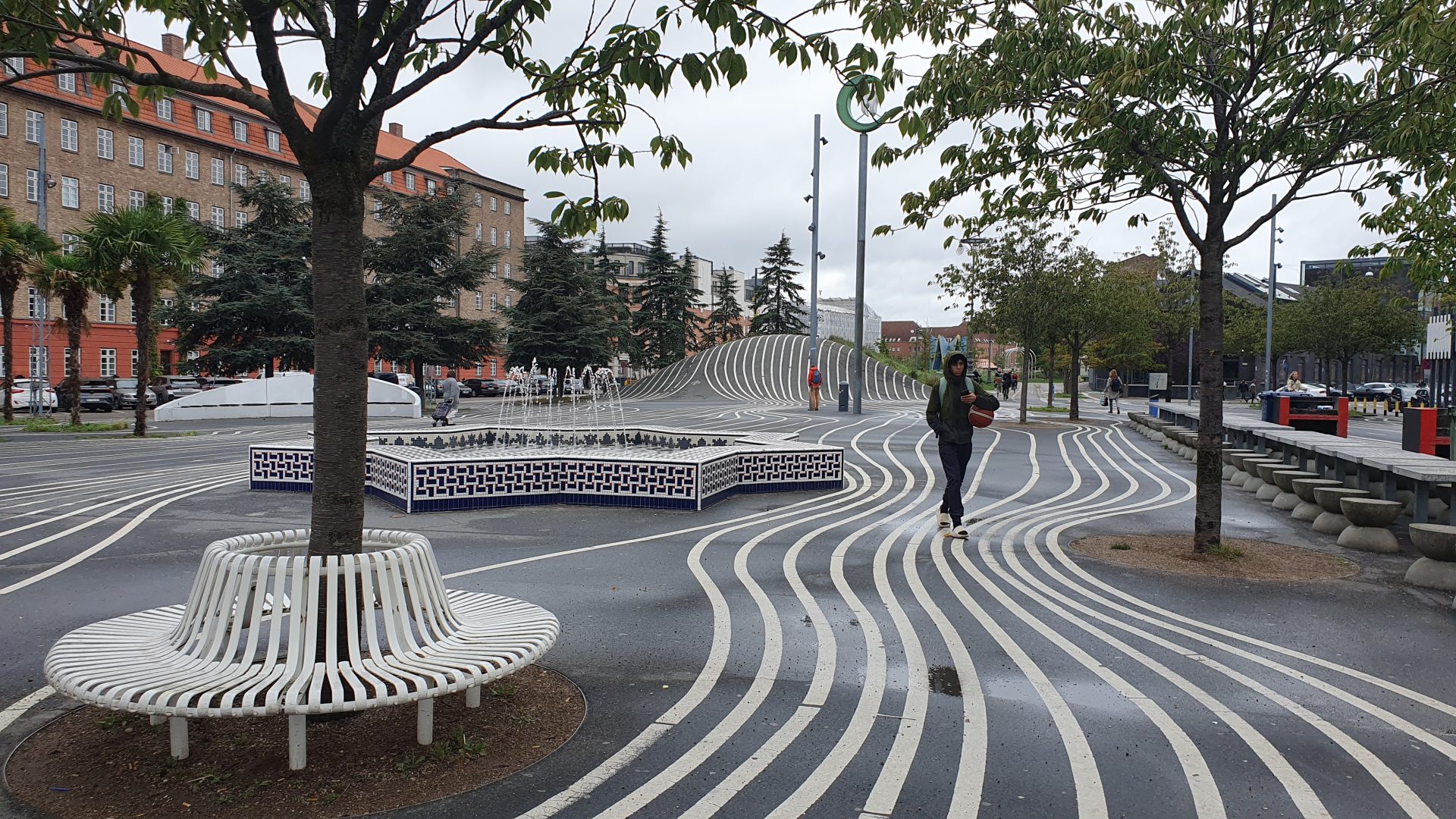


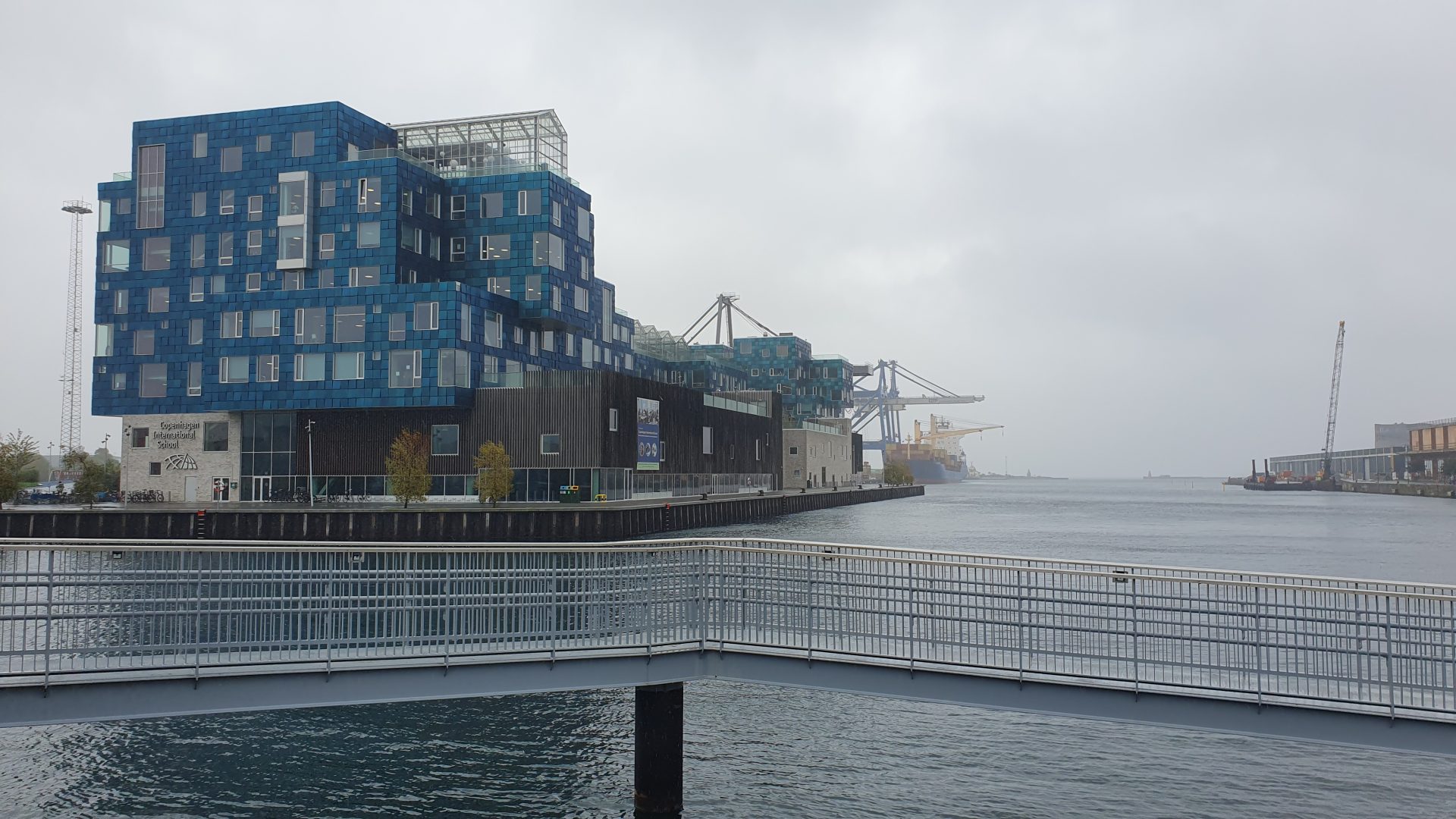
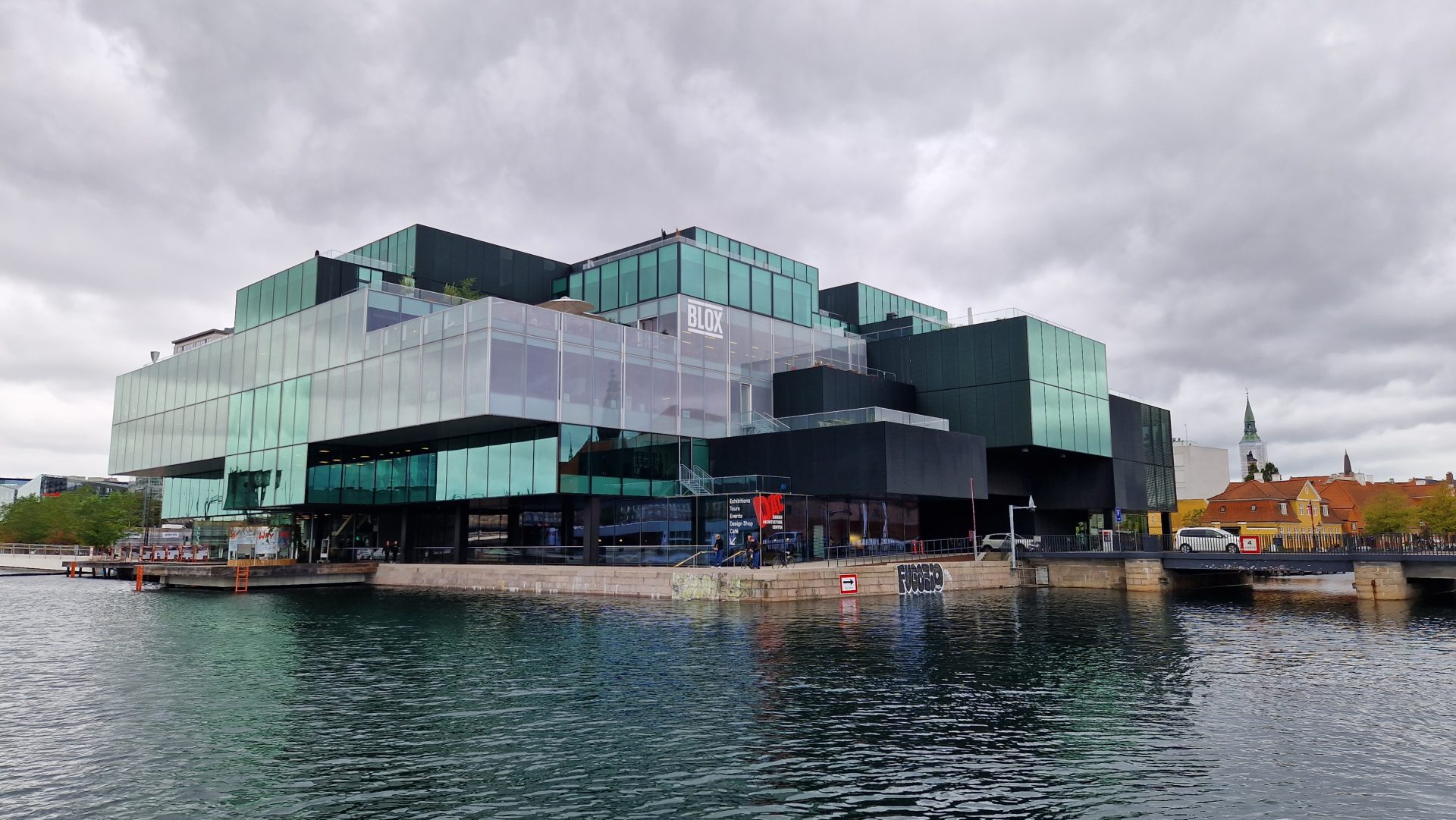
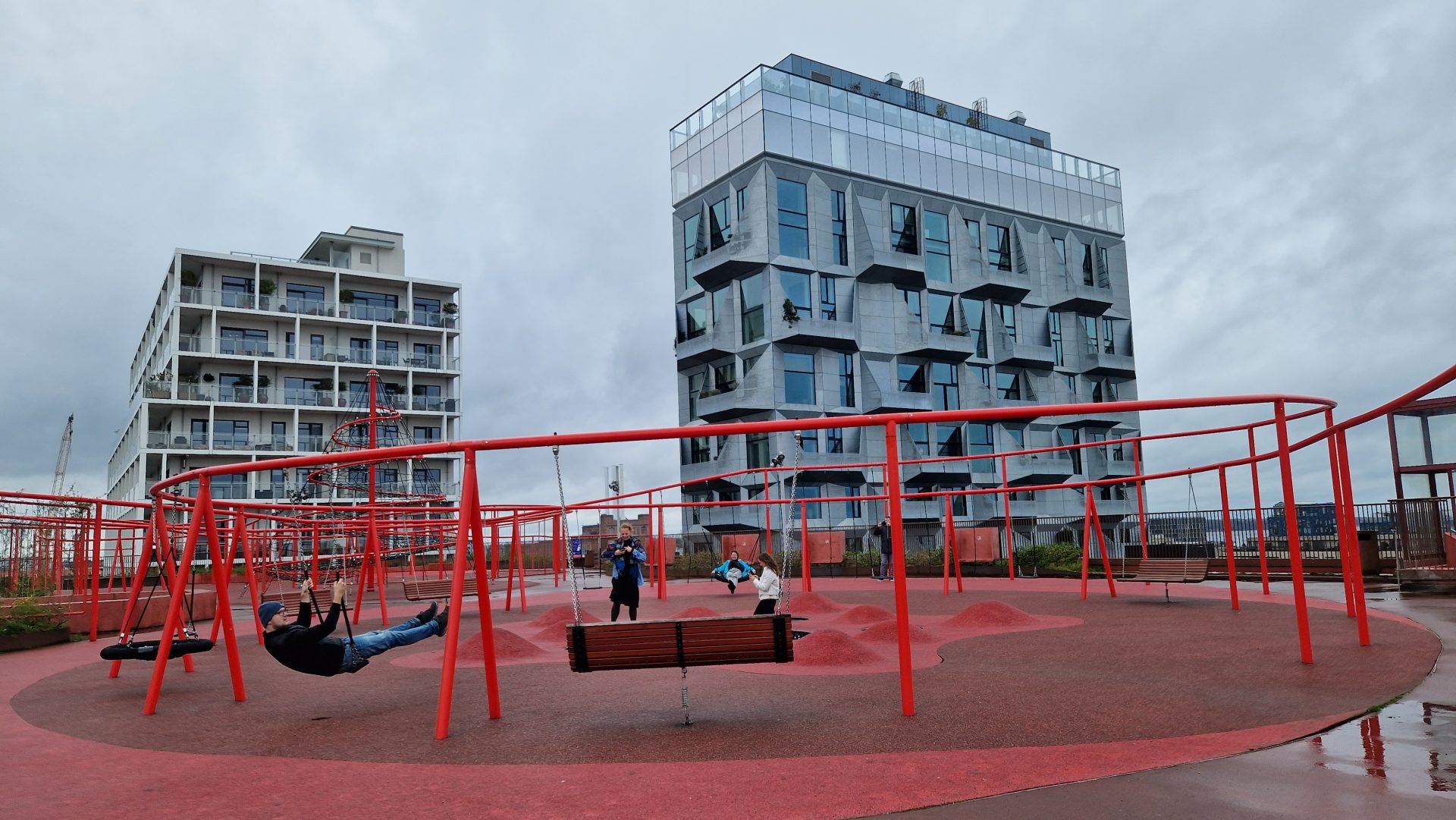
What conclusions can we draw from our visit to Copenhagen?
It’s generally beneficial to look outside, to places where things work differently or better, because such trips open our eyes. Each of us can draw inspiration and think about how we could innovate and improve things in Slovakia. But let’s realize that changing people’s mindset will take time and require patience.
And so, we conclude our journey to Copenhagen with the knowledge that we took home not just memories and experiences but also new ideas and inspiration for our future work. We truly absorbed ideas that could help transform the face of architecture in Slovakia.
